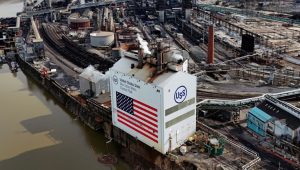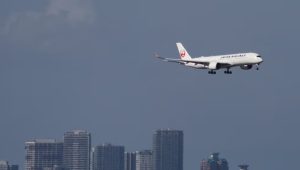A United Nations-supported scientific panel has said that actions taken under the Montreal Protocol have successfully strengthened the Earth’s ozone layer, helping avoid global warming from 0.5 to 1 degree Celsius by mid-century.
The Montreal Protocol is a 1989 international treaty aimed at regulating the production and use of chemicals that contribute to the depletion of the ozone layer.
In its assessment report, the scientific panel has said that a phase out of nearly 99% banned ozone-depleting substances (ODS) like tropospheric chlorine and bromine contributed significantly to the recovery of the ozone layer, decreasing human exposure to harmful ultraviolet (UV) rays from the sun. Ozone layer faces significant threat from the ODS. In addition, three greenhouse gases — methane, nitrous oxide and carbon dioxide — also cause changes to the dynamics of the stratosphere, in turn affecting the ozone layer.
The panel noted that, with continued implementation of this protocol, the Antarctic ozone layer is expected to recover to its 1980 values by 2066. The ozone layer over the Arctic will recover by 2045 and globally by 2040. However, it also noted that the ozone layer in the upper stratosphere is recovering, while very little signs of improvement have been seen in the lower stratosphere.
The panel had experts from the World Meteorological Organization, United Nations Environment Programme, and the National Aeronautics and Space Administration, and other bodies. The panel presented its findings at the American Meteorological Society’s 103rd annual meeting on Monday.















